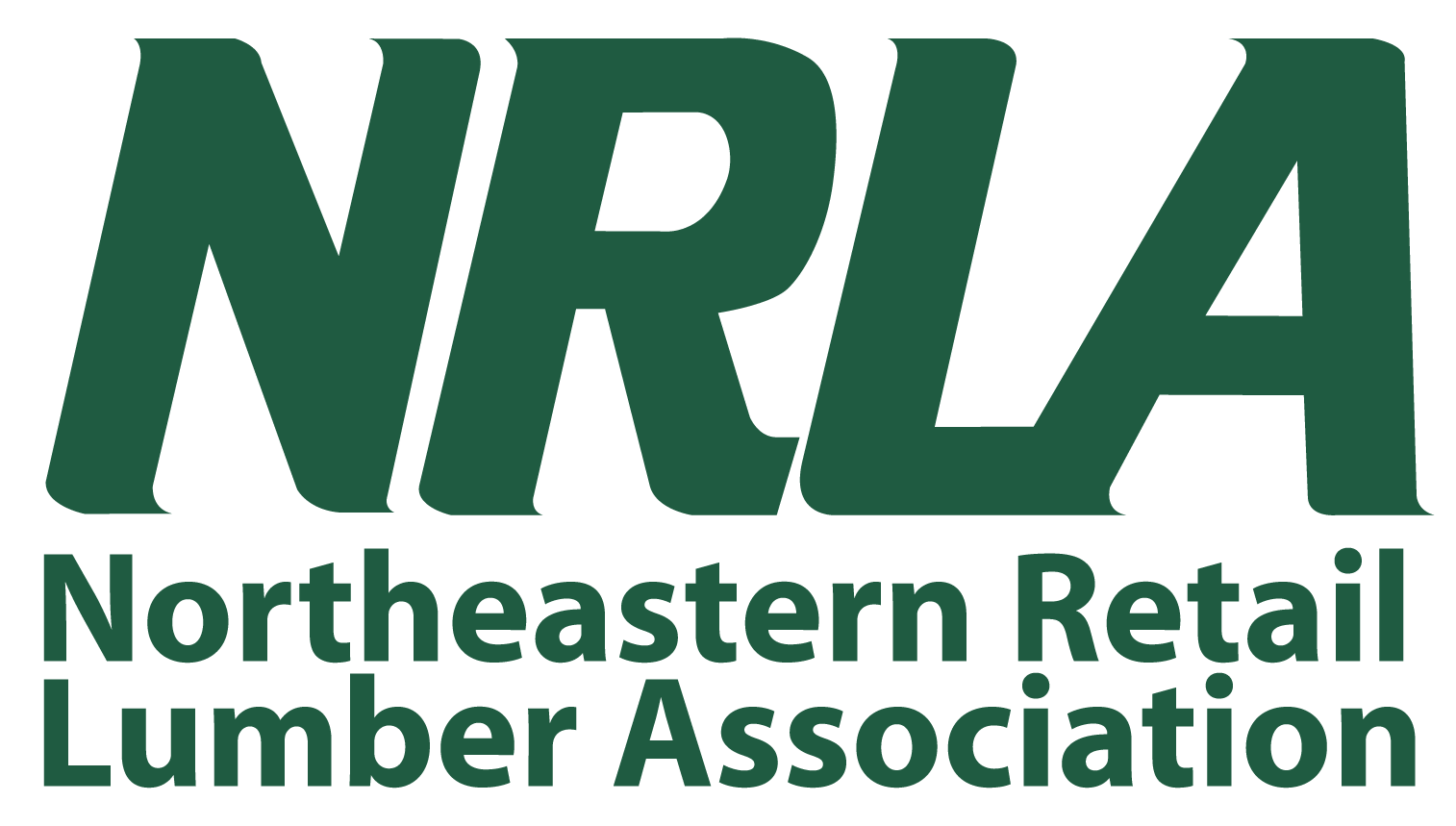The construction industry continues to grow, but you may feel as though it’s shrinking, as new competitors are part of the growth, and additional construction companies may be squeezing in on your business or company. Your day is probably filled with paperwork, team management, legal proceedings, raw materials and parts purchasing, and budget balancing, so finding time in the day to plan your business marketing to address the competition may feel like an unpleasant chore. We get it. But failing to have innovative marketing in place can prove to be a costly mistake.
In addition to your brand message development and cultivating an online presence through your website and social media platforms, you can add effective depth to your B2B marketing campaign in other surprising ways. Before you consider our suggestions for tactics to take you from me-too to want-to-be-me, re-visit your brand, and assess whether it needs an update.
Your construction company has a brand, even if you didn’t consciously create it. Your business is known for something. Your suppliers and subcontractors have opinions about you that they share with others. As Jeff Bezos says, “Your brand is what other people say about you when you’re not in the room.” Examine what that is and, if you’re not happy with it, see what you can do to affect a better outcome. Even if you are happy with it, how can you amplify the positive and grow it in a way that delivers measurable ROI?
Brand is bigger than any single facet, so don’t expect a better font or color choice on your website or marketing materials to be a game changer, but don’t ignore those elements either. Your brand is your promise to customers, your company’s personality and image, the things that make you different from others in your industry or specialty, and, as we mentioned, what you are in the eyes of your customers and potential customers.
“Branding is what customers remember and what they’re drawn to, so it’s crucial for any company to establish a clear and effective brand,” according to HubSpot. “Still, developing or reshaping a brand identity can feel abstract in the earlier stages.”
A seasoned B2B marketing agency or group can help you, but here are some refreshers on how to start looking at your company or business through the lens of branding. We find it helpful to create a document that outlines:
- Business and product/service description
- Why, since it’s B2B, another business should use your products or services
- Your direct and indirect competition
- Your story, which may be your origin story or what makes you different (again)
- Your team (think of how the Kansas City Chiefs aren’t exclusively Patrick Mahomes and the Philadelphia Eagles don’t list the team roster as just Jalen Hurts—you get the idea)
- Your customers, who often help you
- Any other details you deem necessary, such as your role, participants, and/or client expectations
Once you carefully address each of these seven points, you’ll start to get a picture of what and who you are as a brand. Once the picture is clear, you can implement these four tactics more effectively.
Want more on branding essentials? Contact us, or browse these links:
HubSpot on building a branding questionnaire.
Forbes article on the importance of branding.
Get Listed
While it might sound like a no-kidding pointer, it’s important to ensure your construction company is listed in as many directories as possible. Whenever a potential client enters a general query about a service you provide, your company name should pop up in every directory. Not only will that keep your name visible, and help potential customers find you, but it will also affect your ranking positively. Make sure to check the listings often and answer any questions asked. Respond to feedback quickly with a personal reply addressing issues or thanking commentors for their patronage. Make it easy for clients to leave feedback by creating listings on Yelp, Google and Angi (formerly Angie’s List).
Build Relationships with Related but Non-Competing Businesses
It is hard to beat the power of word-of-mouth referrals from people they trust. Partnering with a company that provides another service in the construction industry that doesn’t directly compete with you is an effective way to increase organic referrals. Building relationships with trustworthy non-competitors also increases your customer’s confidence in your brand. Consider building a healthy relationship with sub-contractors, architects, plumbers, electricians, painters, and after-project service providers, such as interior designers and landscapers.
Relationships can lead to multiple innovative B2B marketing tactics, so once you’ve built these B2B relationships, plan how you can leverage the relationship so both partners benefit. It might be shout-outs on social media, jointly created content for your blogs or websites, or co-created webinar or white paper content. For whatever—and with whomever—you build a relationship, it should be for more than a transactional back scratching.
Give Information and Knowledge Away for Free
Yes, free. Customers love getting free information and tips, even about processes they plan to pay others to execute. As a construction expert, you are in the perfect position to impart knowledge to your target audience without charging for it. Create YouTube videos that walk your potential clients through a project. Add forms to your website and social media account so viewers can sign up for free newsletters and emails with trade and process tips. Offering helpful solutions for their small problems will build potential customers’ confidence in your brand, and they’ll come to you for their bigger projects.
Invest in Your Community
It might sound counter-productive to partner with charities or philanthropy – because how can giving away products or services be profitable? However, being a benefactor has its perks for those in the construction trade. Other businesses may be able to have a plaque with their name emblazoned on it posted on the new art center wing, but it doesn’t have quite the potential available in the construction industry, where not only is your name on the new animal shelter addition, but you also supplied all the materials and physically built the extension. Team up with other local businesses for larger projects. Customers identify strongly with charities they support, so you’ll not only boost your name recognition, but you’ll also foster goodwill in your local community.
Bonus tactic: Build and maintain a blog that speaks to the above that you do
Where do you discuss where and how you invest in your community, industry relationships, and share your content for free? On your blog. (You do have one, yes?) You can include eBooks, infographics, video content (particularly for how-to and D.I.Y), case studies, interviews and Q&As. See more ideas in our blog (see what we did there?) 7 Steps to a Construction Blog That Builds Your Business.
Explore your specialty and see what how-tos can be amplified and list topics, such as “five things to expect when getting your kitchen re-modeled” or “what to do before you have your roof replaced.” Those are residential topics, but, if your specialty swings commercial, go big and share what you know (within reason) for commercial decision-makers and contractors, such as “the biggest mistakes commercial glaziers make when planning a project.” You get the idea and so will your blog readers. And they’ll see your brand as more than your colors and website layout.
Contact us today for any and all of your marketing tactics (and strategies!): https://ermarketing.net.
About the Author
Elton Mayfield is the co-founder of ER Marketing, a B2B marketing agency with a special love for the building industry—quite possibly, because they’ve been building clients themselves. For more than 18 years, ER Marketing has been dedicated to improving the marketing channel for all things building.
Want to see more articles like this? Subscribe to receive the digital LC: https://mailchi.mp/nrla.org/digital-lc-subscription







